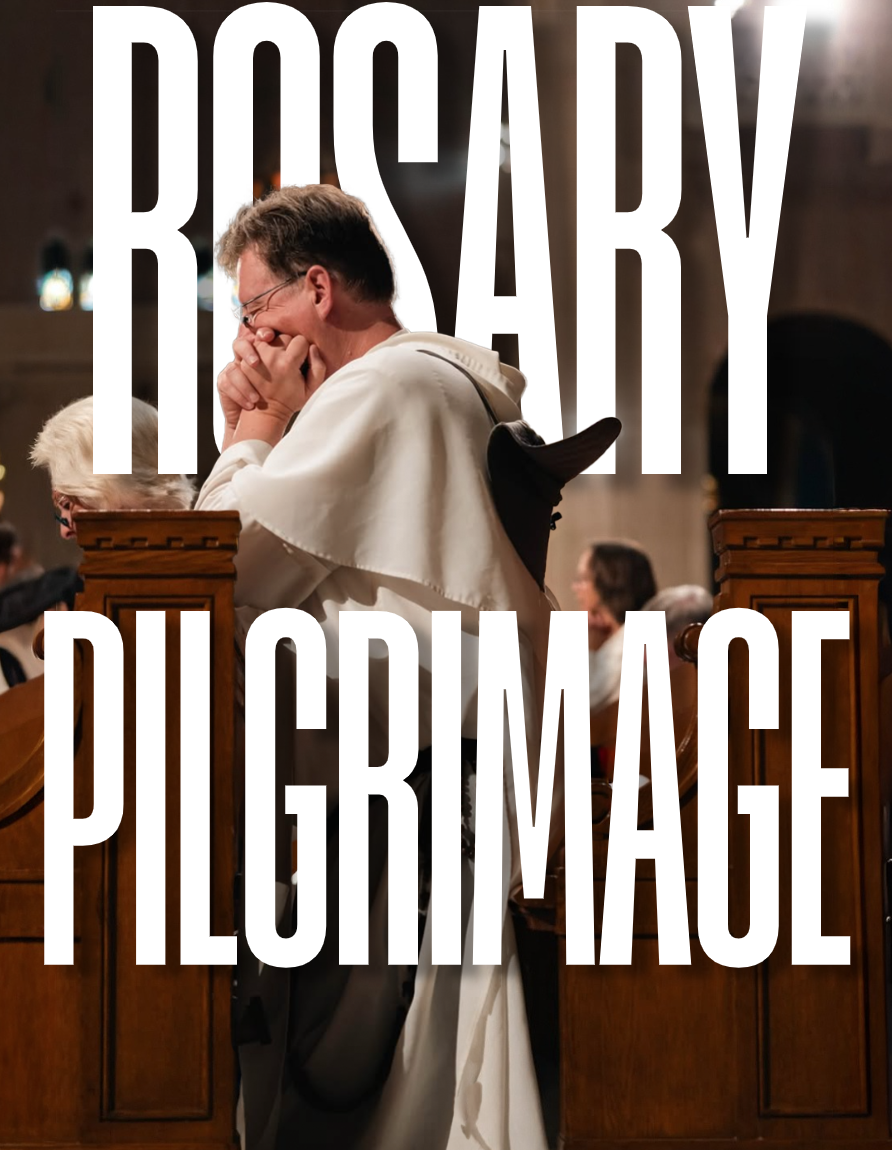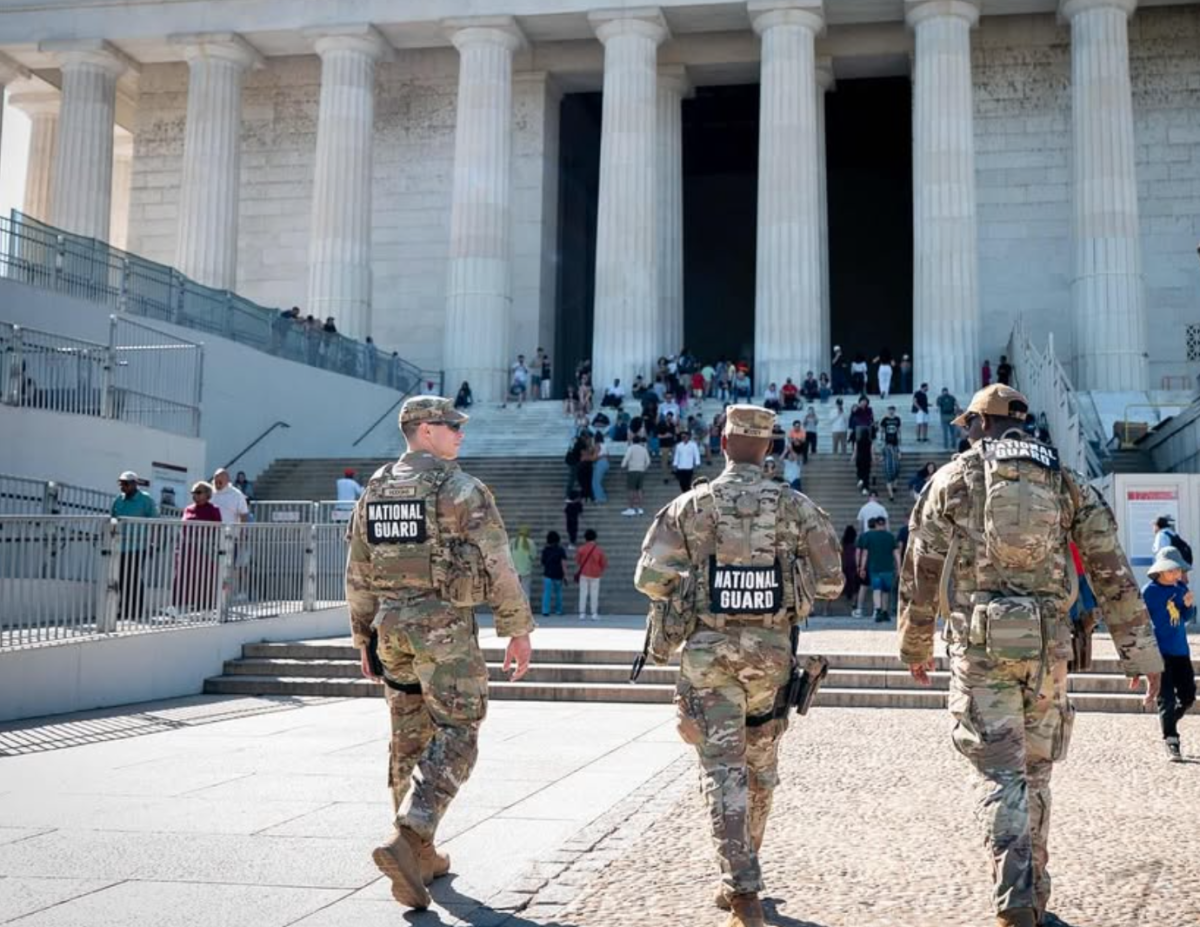
By Brittany Healy
On June 24, 2011, gay marriage was legalized throughout the state of New York. This marked the first step toward gay equality. Supporters of the movement —myself included — jumped with joy at the newly instated Marriage Equality Act.
Now we have another reason to jump with joy because recently, New York City took another large step toward equality.
On Wednesday, Sept. 3, the organizers of the New York City St. Patrick’s Day parade announced that they were lifting the ban on LGBT groups marching in the parade.
For the past two decades, there have been countless protests against the organizers of the New York City St. Patrick’s Day parade because of the ban against LGBT groups. The ban caused corporate groups who previously participated in the parade, and even Mayor Bill de Blasio, to withdraw support.
Now the tables have turned and LGBT groups will be able to apply for marching spots in the parade. This action is a clear representation of the acceptance of LGBT equality in American society.
By allowing LGBT groups to march in the St. Patrick’s Day parade, we are recognizing progress toward social acceptance. The New York St. Patrick’s Day parade organizers are allowing LGBT groups, like all the others in the parade, to be celebrated and treated with respect.
The whole point of the St. Patrick’s Day Parade is to celebrate Irish culture. Discriminating against certain people within a culture because of their sexual orientation is offensive and wrong. How can you properly celebrate a culture and a race if you tell certain people in that culture that they are not worthy of the same respect as others?
While the lifted ban against LGBT groups marching in the St. Patrick’s Day parade shows social evolution, it also shows religious evolution.
The St. Patrick’s Day parade is organized and run by St. Patrick’s Cathedral, a Roman Catholic Church in New York City.
Cardinal Timothy M. Dolan of St. Patrick’s Cathedral, the grand marshal for the 2015 parade, emphasizes his approval of LGBT groups marching in the parade.
“I have no trouble with the decision at all,” said Cardinal Timothy Dolan. “I think the decision is a wise one.”
LGBT representation in a Christian setting is exactly what our society needs. The fact that LGBT groups will be allowed to march in a parade that is run and organized by a Roman Catholic church shows the evolution of social and religious acceptance. This movement proves that religion is no longer an excuse for discrimination.
I am extremely proud of this step forward toward equality. The St. Patrick’s Day parade is supposed to be a fun and exciting event, an event where people of a culture can come together. Now, for the first time, the entire Irish culture can come together at the famous parade.
Irish people who are gay, lesbian, bisexual and transgender have the opportunity to be recognized for who they are in the St. Patrick’s Day parade.
It is time for people to put their personal beliefs aside and remember the true meaning of St. Patrick’s Day. Straight, gay, lesbian, bisexual or transgender: we are all people who come together to celebrate a culture. We are all people who deserve the same rights and respect.
Every single day, New York City is moving closer and closer to equality, and I could not be more proud or happy to live here.
Brittany Healy, FCRH ’17, is a economics major from Westport, Connecticut.









































































































































































































Jane S. • Sep 18, 2014 at 10:49 am
The parade is NOT organized and run by St. Patrick’s Cathedral. It is run by members of the AOH (Ancient Order of Hibernians) under a separate corporation known as “St. Patrick’s Day Parade Inc.”